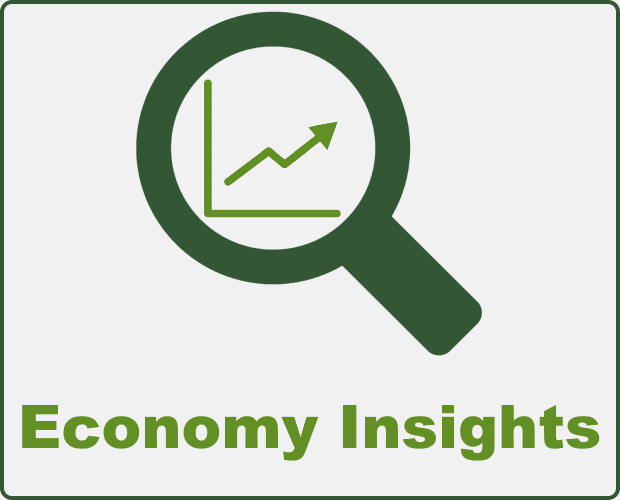T: 01822 851370 E: [email protected]
Visit RSN Survey about life in rural England to find out more.
Residual fuels are defined as non-gas, non-electricity and non-road transport fuels, and cover consumption of coal, petroleum, manufactured solid fuels and bioenergy and waste not used for electricity generation or road transport. This analysis looks at the situation for a...
This analysis presents data on estimates of total final energy consumption at a local authority level. The analysis uses source data from the Department for Energy Security & Net Zero and covers the period 2012 to 2021. Comparisons are provided...
Four analyses within the Economy Insight section of the RSN website has now been updated, examining the proportion of population that is working age (16-64 years old), economic inactivity levels, private/public sector employment and enterprise landscape, each analysed at local authority level...
This analysis in the Economy Insight series looks at the proportion of population aged 16-64 who are classed as economically inactive, and the proportion of those classed as economically inactive who do not want a job. The analysis provides comparison...
This analysis in the Economy Insight series looks at the proportion of population that is working age (16 to 64 years old) historically, now, and looking forward into the future (up to the year 2043). The analysis provides comparison with...
Economy Insight on the RSN website has now been updated with an analysis examining employment landscape at the local authority level. The analysis shows proportions of employees in broad industrial sectors over the years 2015 to 2021 and allows selection...
This analysis in the Economy Insight series looks at the proportion of employees that are in private or public employment and the proportion that are full time or part time. The analysis provides comparison with averages for local authorities of...
This analysis in the Economy Insight series looks at the enterprise landscape within a chosen local authority area by showing the relative proportions of enterprise types.The analysis shows the movement between sectors from 2015 to 2023, and provides comparison with...
This analysis in the Economy Insight series looks at the employment landscape within a chosen local authority area. The analysis shows which industrial sectors are the biggest employers overall , for full time and part time employees, as well as...
This analysis in the Economy Insight series looks at the number of people that are claiming unemployment related benefits as a proportion of the population that is working age (16 to 64 years old). The analysis uses the Alternative Claimant...
NEWSLETTER
Sign up to receive all our latest news and updates.
HOT TOPICS
Amid reduced public spending, fair resource allocation across regions is crucial. Despite a population larger than Greater London, rural areas receive significantly less funding for essential services, even though delivering these services in rural areas is more expensive.
Economic growth is widely acknowledged as essential for national wealth and prosperity and is a priority for political parties. Rural economies, employing millions and home to a higher proportion of small businesses, have potential for growth if barriers are removed.
Rural residents face distinct healthcare challenges, including limited access to transport, longer distances to medical facilities, an aging demographic, housing inadequacies, digital connectivity gaps, and difficulties recruiting health and care workers.
Rural communities are grappling with a severe affordable housing crisis, marked by high house prices, a lack of affordable housing, elevated living costs, and lower incomes, threatening their sustainability and vitality.
Transport is vital for the quality of life and economic health of rural areas, yet it faces challenges such as infrequent public bus services and less Government funding compared to urban regions.
Rural areas, encompassing a substantial portion of England's population and land, play a pivotal role in combating climate change and achieving the net zero target.
In an increasingly digital world, the lack of robust digital infrastructure in rural areas severely limits access to crucial services and stifles economic growth.
A future-focused vision for rural communities involves not just building the right homes in the right places but also ensuring thriving, sustainable communities.
SIGN UP TO OUR NEWSLETTER
Sign up to our newsletter to receive all the latest news and updates.






